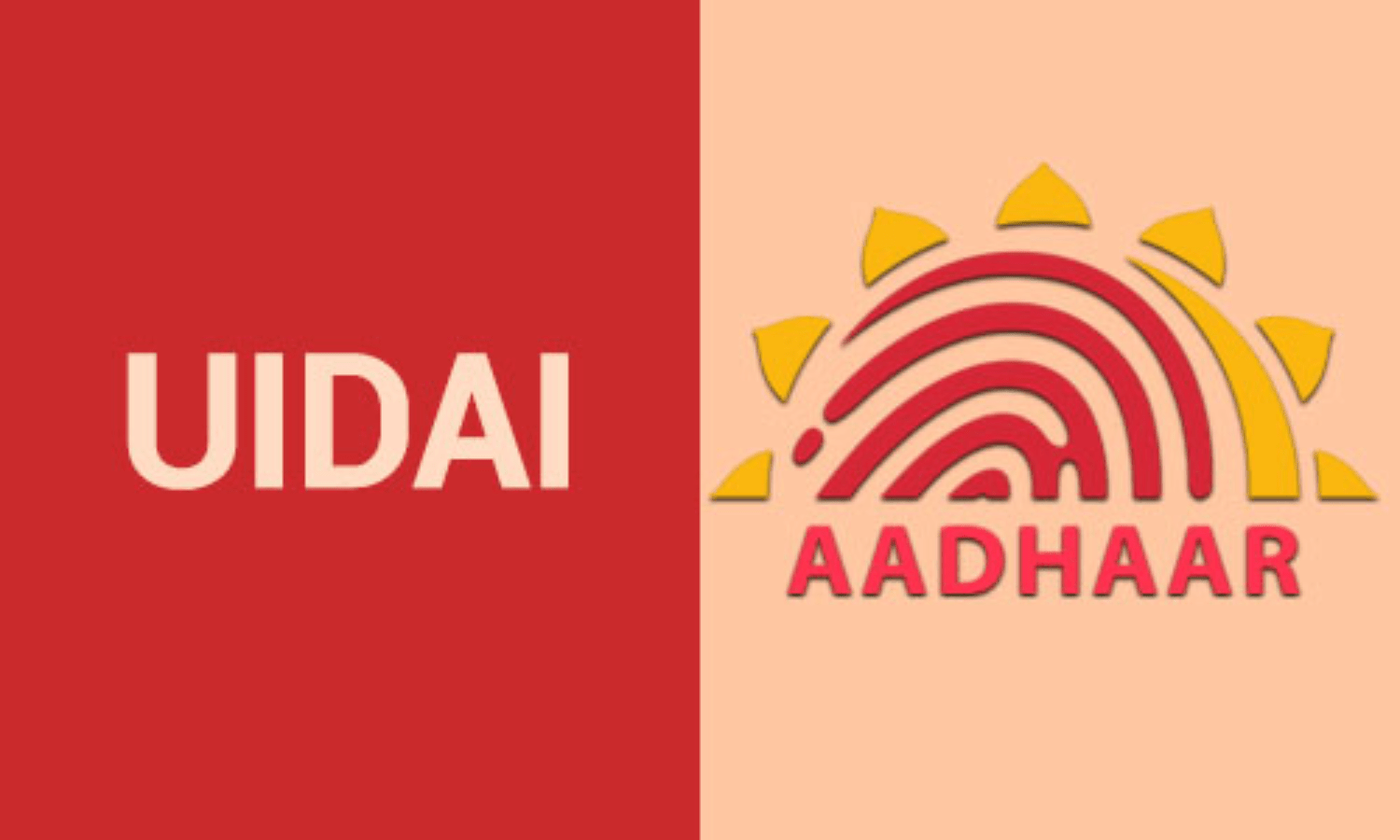In the realm of modern identity management systems, India’s Unique Identification Authority of India (UIDAI) stands as a monumental innovation, reshaping how identities are established and authenticated across the nation. Established in 2009, UIDAI embarked on an ambitious mission to provide every Indian resident with a unique digital identity—the Aadhaar number. This 12-digit biometric-based unique identity has not only streamlined government services but also left an indelible mark on various sectors, from finance to social welfare. Let’s delve into the multifaceted world of UIDAI, examining its origins, impact, controversies, and the future it promises.
Genesis of Aadhaar and UIDAI’s Mandate
The genesis of Aadhaar traces back to the vision of empowering every Indian with a unique identity that transcends socioeconomic barriers. Launched by the UPA government under the leadership of Prime Minister Manmohan Singh, UIDAI’s mandate was clear: to provide a robust, inclusive, and secure identity infrastructure for the billion-plus population of India. Spearheaded by Nandan Nilekani, the former chairman of Infosys, UIDAI embarked on an unprecedented journey to collect biometric and demographic data on residents, issuing them a unique Aadhaar number.
Impact on Government Services and Financial Inclusion
One of the most significant impacts of UIDAI has been the transformation of government service delivery. Aadhaar authentication has streamlined the process of availing services, from subsidies to pensions, by eliminating duplicate and ghost beneficiaries. It has saved the government billions of dollars by plugging leakages and ensuring targeted delivery of welfare schemes. Moreover, UIDAI played a pivotal role in India’s ambitious financial inclusion drive through initiatives like the Pradhan Mantri Jan Dhan Yojana (PMJDY). Aadhaar-linked bank accounts enabled millions of unbanked citizens to access formal banking services, paving the way for a more inclusive economy.
Controversies Surrounding Aadhaar
However, UIDAI’s journey has not been without its share of controversies. Privacy concerns have loomed large, with critics questioning the security of biometric data and the potential for surveillance. The Aadhaar project faced legal challenges, with petitions in the Supreme Court questioning its constitutional validity and privacy implications. While the Supreme Court upheld the constitutionality of Aadhaar in 2019, it imposed restrictions on its mandatory use, emphasizing the need for robust data protection laws.

Technological Innovations and Scalability
UIDAI’s technological prowess cannot be understated. The Aadhaar platform, built on cutting-edge technologies like biometrics and encryption, stands as a testament to India’s capabilities in the digital sphere. Its ability to scale is awe-inspiring, with over 1.25 billion Aadhaar numbers issued to date. The Aadhaar ecosystem has spawned innovations such as e-KYC (Know Your Customer), enabling seamless verification processes for banks, telecom operators, and other entities. UIDAI’s open APIs (application programming interfaces) have fostered a vibrant ecosystem of Aadhaar-enabled services, driving digital transformation across sectors.
Conclusion: Aadhaar’s Enduring Legacy
In conclusion, UIDAI and the Aadhaar project represent a monumental leap in India’s quest for inclusive growth and efficient governance. From simplifying access to government services to catalyzing financial inclusion, Aadhaar has touched the lives of millions of Indians. Its technological innovations and scalability have garnered international acclaim, positioning India as a global leader in identity management systems. As UIDAI navigates through the evolving landscape of data privacy and security, its enduring legacy remains rooted in the promise of a more equitable, digitally empowered India.
Future Prospects and Challenges
Looking ahead, UIDAI’s roadmap is filled with both promise and challenges. The authority aims to enhance Aadhaar’s capabilities by integrating emerging technologies such as blockchain and artificial intelligence. The Aadhaar Act of 2016 provides a legal framework for UIDAI’s operations, emphasizing the need for transparency and accountability. However, concerns persist regarding data security, especially in the wake of data breaches and leaks. Strengthening cybersecurity measures, robust data encryption, and continuous audits are imperative to safeguard Aadhaar’s integrity.
Looking ahead, UIDAI envisions a future where Aadhaar evolves into a comprehensive digital identity platform, fostering innovation and inclusion. The integration of emerging technologies like artificial intelligence and blockchain promises to enhance security and expand the scope of Aadhaar’s applications. As UIDAI continues to refine its systems, collaborate with stakeholders, and address concerns, Aadhaar stands as a beacon of India’s digital transformation. In conclusion, UIDAI, through the Aadhaar program, has not just issued identification numbers; it has empowered individuals, transformed governance, and propelled India into a digital era where opportunities are boundless. As the journey continues, UIDAI remains steadfast in its commitment to shaping a more inclusive, secure, and digitally empowered India.





